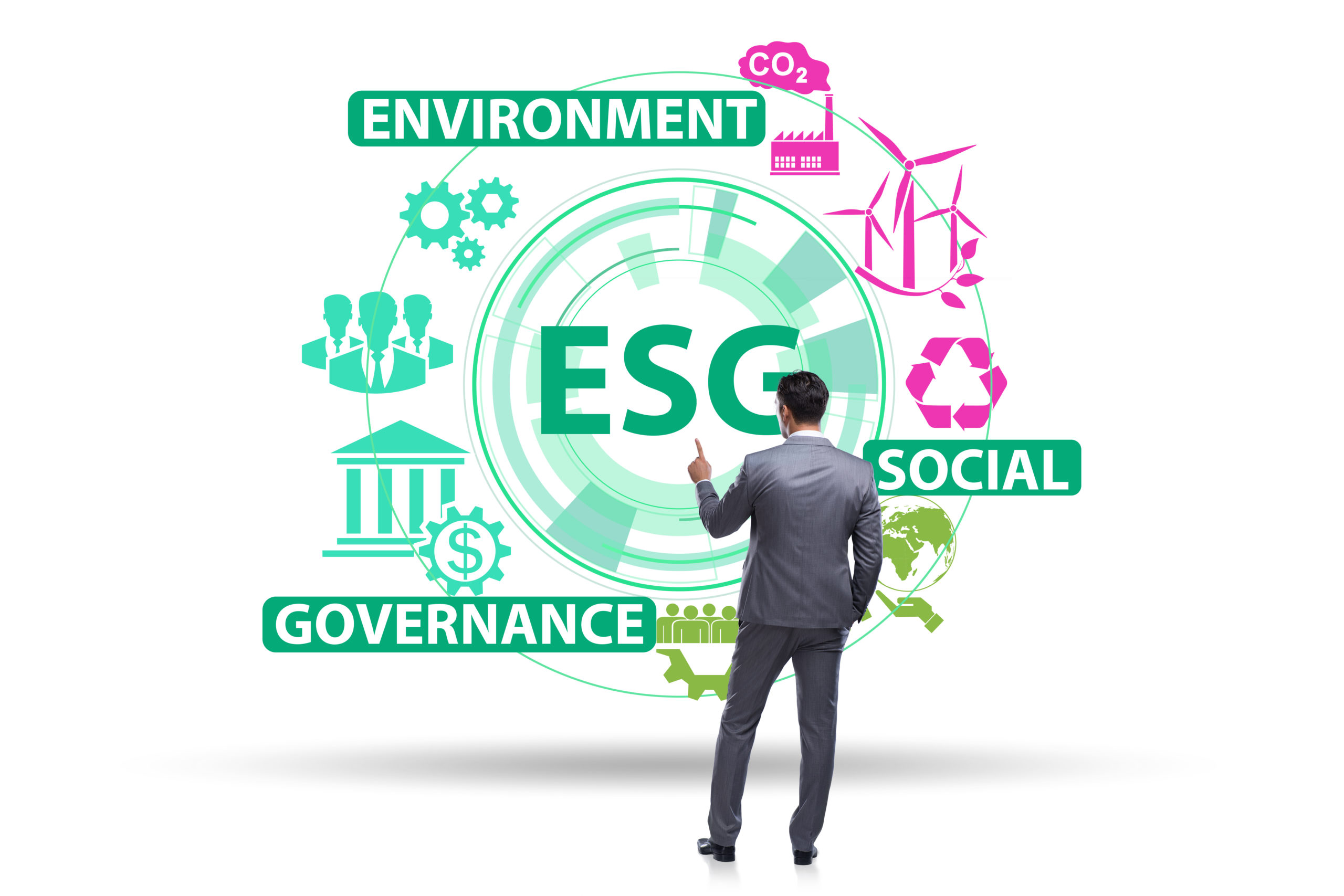5 New Categories Under ESG Schemes By SEBI.
Mutual funds can currently implement only one ESG scheme within the thematic funds.

SEBI, the capital markets regulator, has suggested that mutual funds be allowed to adopt five new categories under the ESG scheme(environmental, social, and governance).
The five new categories.
- Exclusions.
- Integration.
- Best-in-class and positive screening.
- Impact investing.
- Sustainable aims.
Mutual funds can currently implement only one ESG scheme within the thematic funds. With the possibility of AMCs (asset management companies) launching several diversified ESG schemes under the ESG category, SEBI has proposed that each asset management business be allowed to set up one ESG scheme within each of the five segments.
According to the SEBI’s (Securities and Exchange Board of India) consultation document, AMCs should strive to have a bigger share of their assets under the ESG theme and make appropriate disclosures. ESG schemes in the proposed new category should be allowed to invest at least 80% of total assets in equity or debt equities of a certain topic as defined by the sub-categories. Yet, the residual share of investment should not be opposed to the scheme’s ideology.
- The regulator has suggested that mutual funds exclude securities based on certain ESG-related activities, business practices, or business segments for the ESG exclusions scheme.
- ESG integration scheme takes into account ESG-related variables that are material to the risk and return of the investment, in addition to traditional financial factors.
- ESG best-in-class and positive screening strategies should invest in firms that outperform their peers in ESG metrics.
- ESG impact investment should seek a non-financial (real world) impact and assess whether that impact is quantified and tracked.
- ESG sustainable aims should attempt to invest in sectors, industries, or firms that are projected to profit from long-term macro or structural ESG-related developments.
The need to introduce new categories under the ESG scheme.
Environmental, social, and governance (ESG) risks, as well as the significant economic and financial ramifications of climate change, have gotten more attention recently. As a result, several ESG funds, including ones in India, have been launched in the last three years. As ESG investment grows more popular, some organizations have been asked by both investors and authorities to provide extensive ESG disclosures to their stakeholders.

A brief history of ESG scheme.
In India, SEBI has compelled the top 1000 listed businesses (by market capitalization) to provide ESG disclosures under the Business Responsibility and Sustainability Reporting (BRSR), starting in the fiscal year 2021-22 voluntarily and becoming mandatory in the fiscal year 2022-23. SEBI is establishing a regulatory framework for ESG Rating Providers (ERPs) in response to public engagement. SEBI has mandated disclosures for ESG-labeled mutual funds through AMFI.
Yet, there are still chances for simplifying each of the aforementioned categories. The need for confidence and broadening the scope of disclosures beyond the stand-alone listed business are critical criteria in the domain of ESG disclosures. Furthermore, because separate jurisdictions have different NDCs (Nationally Determined Contributions), have taken different transition pathways, and have distinct operational realities, the risks, possibilities, and effects of sustainability may change across geographies.
As a result, ESG Rating providers must consider the local/domestic environment while awarding ESG ratings. In the field of ESG investing, there is a need to guarantee the robustness of disclosures and to take steps to reduce the danger of green-washing and mis-spelling.

To address the aforementioned problems, SEBI established the ESG Advisory Committee in May 2022 to offer suggestions to simplify the regulatory framework for ESG Disclosures, ESG Ratings, and ESG Investment. The Committee was led by Shri. Navneet Munot, MD and CEO, of HDFC AMC, included members from corporations, investors, rating providers, Mutual Funds, industry groups, academicians, technological experts, and other stakeholders.
Other proposals around ESG scheme.
- To increase transparency, the SEC has recommended requiring AMCs to include the name of the specific ESG approach in the name of the fund or scheme in question.
- Furthermore, the regulator has suggested that ESG plans include the identity of the ESG rating source with the score disclosures in monthly portfolio disclosures.
- The annual commentary of the fund managers on the implementation of the ESG strategy, the yearly monitoring of changes in the ESG rating of investee firms, and other disclosures will be included.
- At least 65% of the AUM of the ESG program shall be invested in businesses with thorough BRSR (Business Responsibility and Sustainability Reporting). The remaining investments must be made in businesses that report on BRSR.
Disclosure.
The rule should be made mandatory from April 1, 2023, according to SEBI, who requested public feedback on the plans through March 6.
Edited by Prakriti Arora




